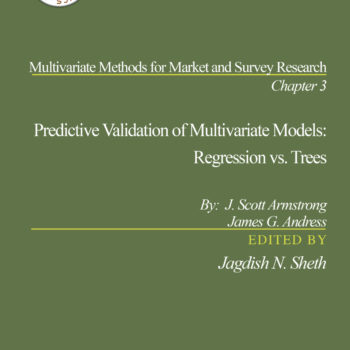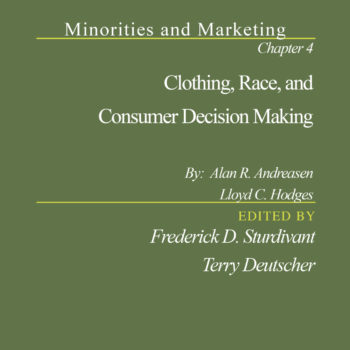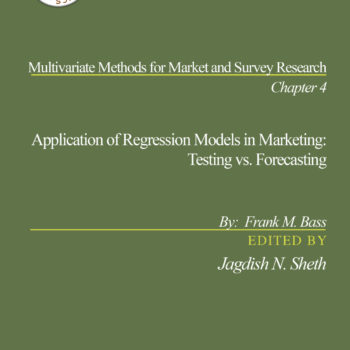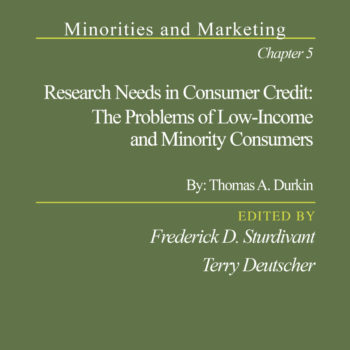Marketing Theory Category
Chapter 3: Construing Life Style and Psychographics
Chapter 3 of Life Style and Psychographics
In the chapter’s first section, Reynolds and Darden present an overview of Kelly’s theory of personal constructs. The second section demonstrates how these notions can be applied to discriminate between “life styles” and “psychographics” as fields of inquiry. The final section describes how the theory may provide guidance on the choice between generalized items in the construction of life style and psychographic questionnaires.








